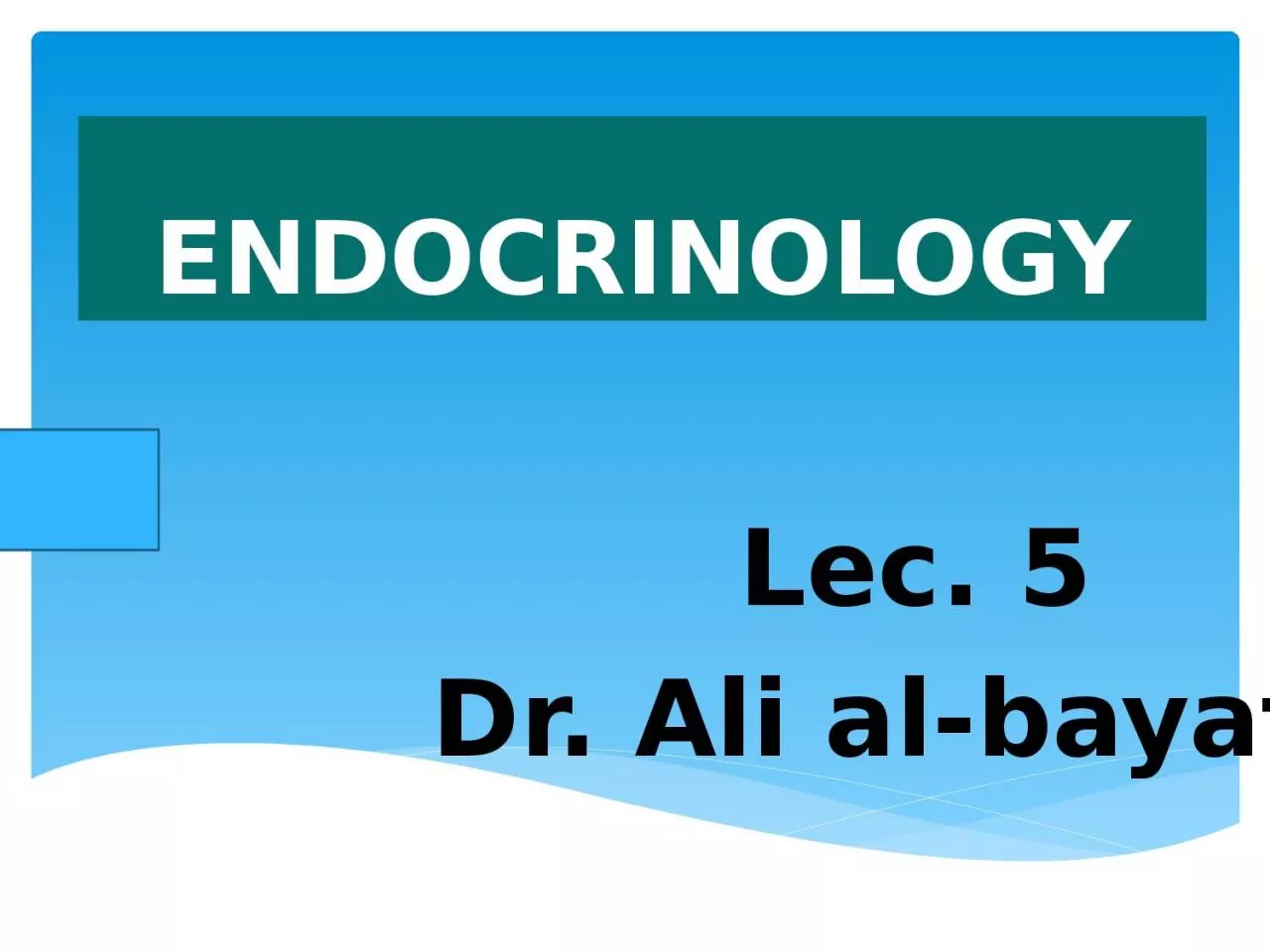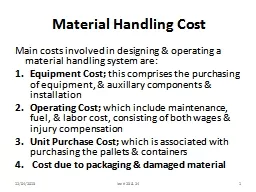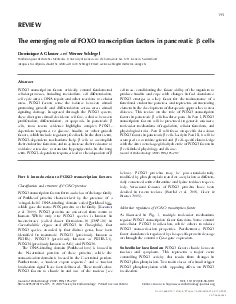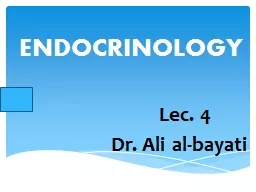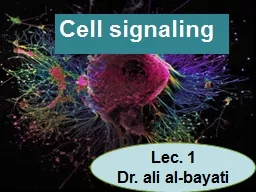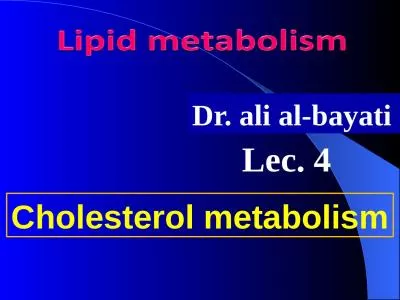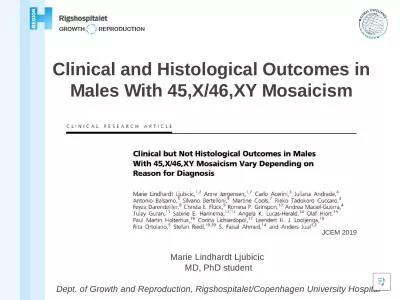PPT-ENDOCRINOLOGY Lec. 5 Dr. Ali al-bayati
Author : Honeybunches | Published Date : 2022-07-28
Hypothalamus Anterior pituitary Posterior pituitary Neurosecretory neurons Systemic arterial inflow Hypothalamichypophyseal portal system System venous outflow
Presentation Embed Code
Download Presentation
Download Presentation The PPT/PDF document "ENDOCRINOLOGY Lec. 5 Dr. Ali al-bayati" is the property of its rightful owner. Permission is granted to download and print the materials on this website for personal, non-commercial use only, and to display it on your personal computer provided you do not modify the materials and that you retain all copyright notices contained in the materials. By downloading content from our website, you accept the terms of this agreement.
ENDOCRINOLOGY Lec. 5 Dr. Ali al-bayati: Transcript
Download Rules Of Document
"ENDOCRINOLOGY Lec. 5 Dr. Ali al-bayati"The content belongs to its owner. You may download and print it for personal use, without modification, and keep all copyright notices. By downloading, you agree to these terms.
Related Documents

